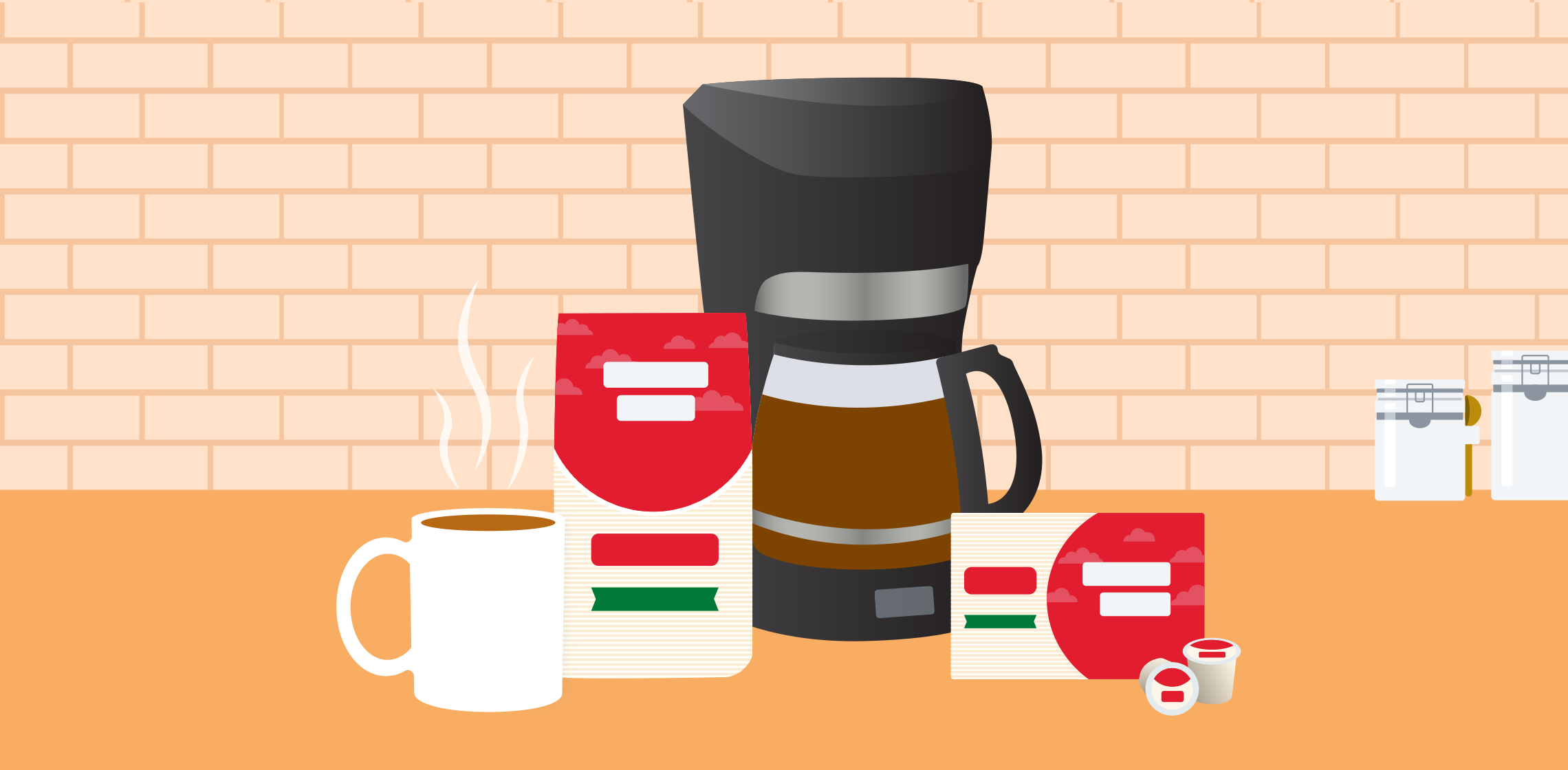Although we all may want the long days of summer to last all year, there is one major perk to going back to school: shopping! When I was a student, back to school shopping was such a highlight that I always chose a day during the week, wrote it down in my planner and circled it, and then started my very own countdown.
Before my back to school shopping day, I would review all of the supplies I needed (and every last thing I was convinced I should add), tally up my budget, and plan my day based on which store I wanted to visit first and which store I wanted to save until last. Whether I was prepping to go back to high school or mentally preparing for another year of college, back to school shopping always felt like its very own end of summer holiday.
Though I may not be heading back to class, I still look forward to the season every year because it’s a chance to offer my tried and true back to school shopping tips and tricks! And, they’re even better now thanks to Shopkick! Let’s review a few of my favorite retailers for back to school shopping and what I recommend purchasing below.
eBags
I cannot be the only one who opts to analyze every last feature a backpack has to offer. In high school, that meant determining if the backpack offered enough support for my back and shoulders as I carried books and binders for four classes everyday across two campuses (we didn’t have lockers). In college, I was still concerned about support, but I needed the added feature of a safe, padded spot for my laptop. eBags.com has so many fantastic options for backpacks perfect for high school (JanSport was my go-to!) and those suited for college (North Face was a favorite, but I’ve heard fantastic reviews about Tumi!).
Also, make sure to take a peek at all of the suitcases and duffels available through eBags. They’re wonderful to use when moving onto campus, and a great suitcase will serve you well as you travel home, go on vacation, and even study abroad throughout college.
HSN
If you have yet to peruse HSN for back to school shopping, be warned: you’re going to add so many great pieces to your list! Outside of scheduling classes and making sure I had the correct edition of all of my required books, my computer was always my top concern in college. You can purchase a new laptop or desktop computer through HSN because they carry all of the top brands, like Apple, HP, and Dell. Plus, if you’re in charge of bringing the TV, you can add a new flat screen to your cart too. Outside of electronics, you can also stock up on kitchen supplies for your dorm or apartment (HSN has small appliances, kitchen tools, and even plates, silverware, and glasses at the ready). And, they carry such fun lines of clothing, and they have makeup. It’s like one stop shopping for back to school!
Jet
Can we all agree there is nothing quite like new school supplies? Jet has an amazing selection of every last thing you will need for class – binders, pencils, pens, notebooks, highlighters, and even backpacks. Plus, their team has curated a special section for high school! Even though wandering through the aisles is fun, shopping online with Jet is so much more efficient! Plus, when you use Shopkick, you’re saving money on your supplies. Shopkick and school supplies – it’s a dream combination!
Amazon
I don’t know of anyone who doesn’t shop on Amazon! The deals are incredible (and even better when you shop with Shopkick to earn kicks!), and you cannot beat the variety. Rather than simply adding all of your usual purchases to your cart, I highly suggest pausing to shop their collections from Ella Moon and Mae. The pieces are quality basics, trendy while still feeling classic, and many can be dressed up for a presentation or dressed down for a typical day in class. Anything that can serve double duty is a must in my book!
Also, let’s talk about study breaks. You will 100% need them, and breaks will help increase your productivity and prevent you from burning out. Reading for fun is one of the most underrated hobbies, and I cannot recommend reading a few pages every day from a great author you enjoy on your Kindle. Another option? Audible! Whether you’re riding the bus, train, or subway, driving your car, or walking in between classes, listening to an audio book is a great way to disconnect from schoolwork even if it’s just for a few minutes at a time. Stay refreshed so you can be your best!
Boxed
Let’s talk about food! The best thing I ever did when I was in high school and college was purchase in bulk. My parents and I would review what I planned to bring for lunch and what I wanted to enjoy as a snack once I got home, and then we would shop together to purchase things in bulk (my choices rarely wavered!). That ritual carried over into college, and I would have definitely shopped through Boxed! Rather than visiting stores in person, you can simply shop online and have all of your favorite foods shipped directly to you. Pro tip: get your roommates in on the game so you can all shop together and save by earning kicks through Shopkick!
Where are you shopping for back to school? What’s at the top of your list?


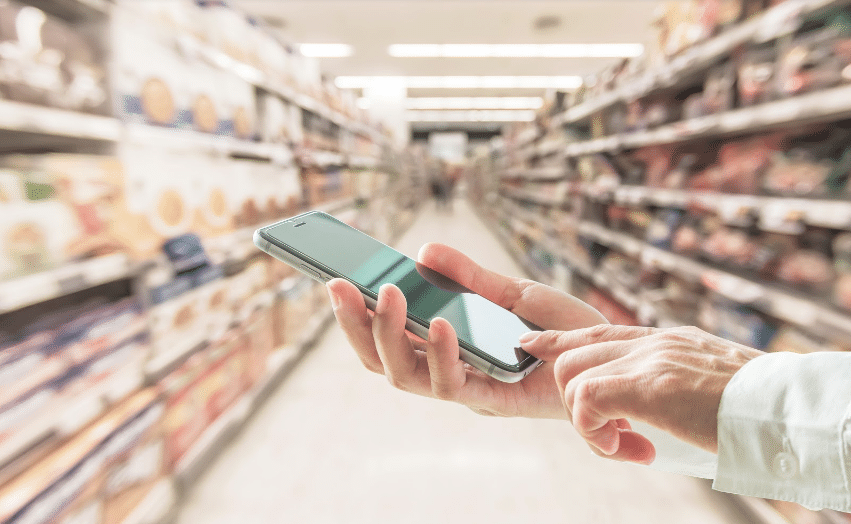
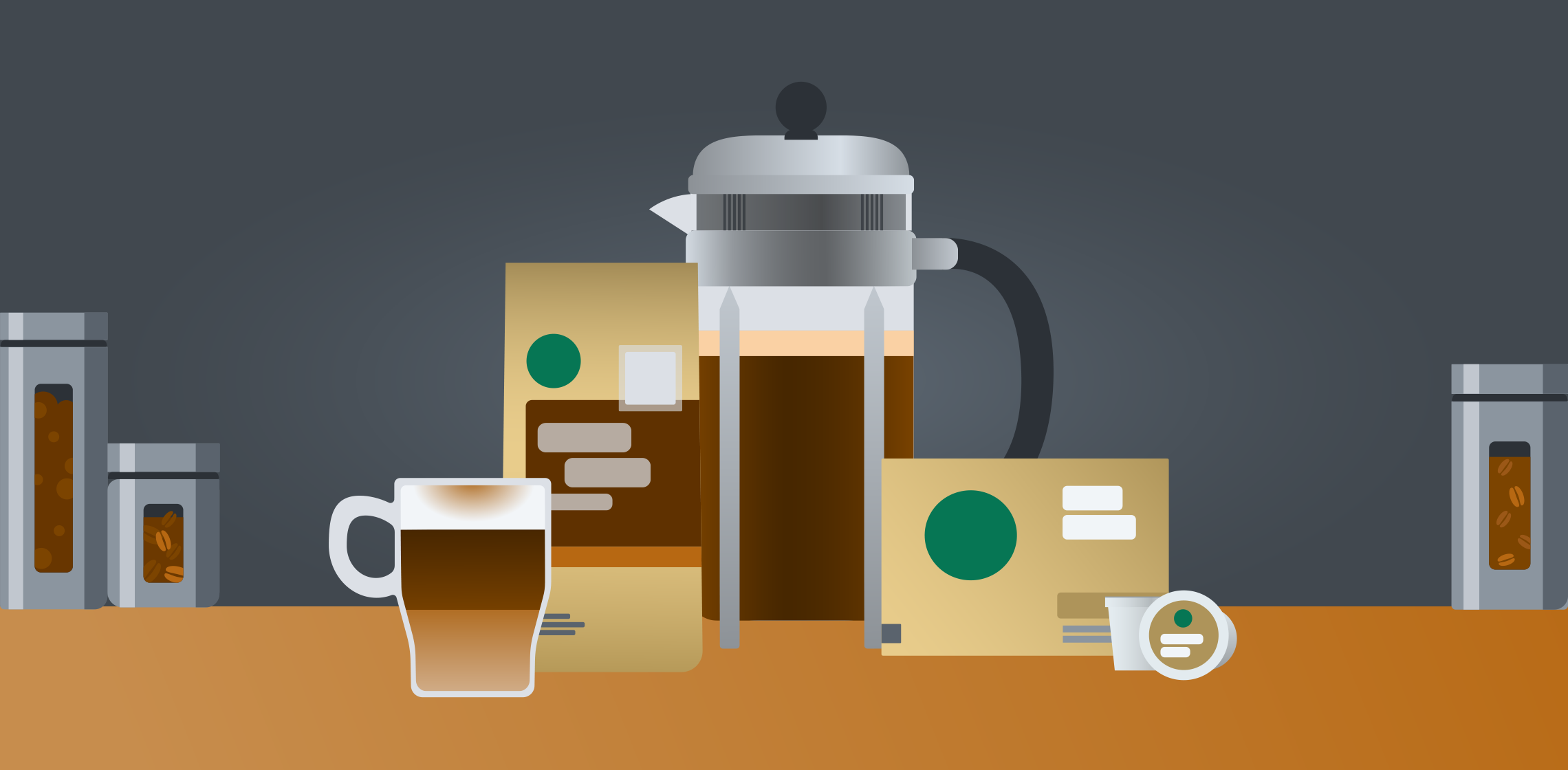





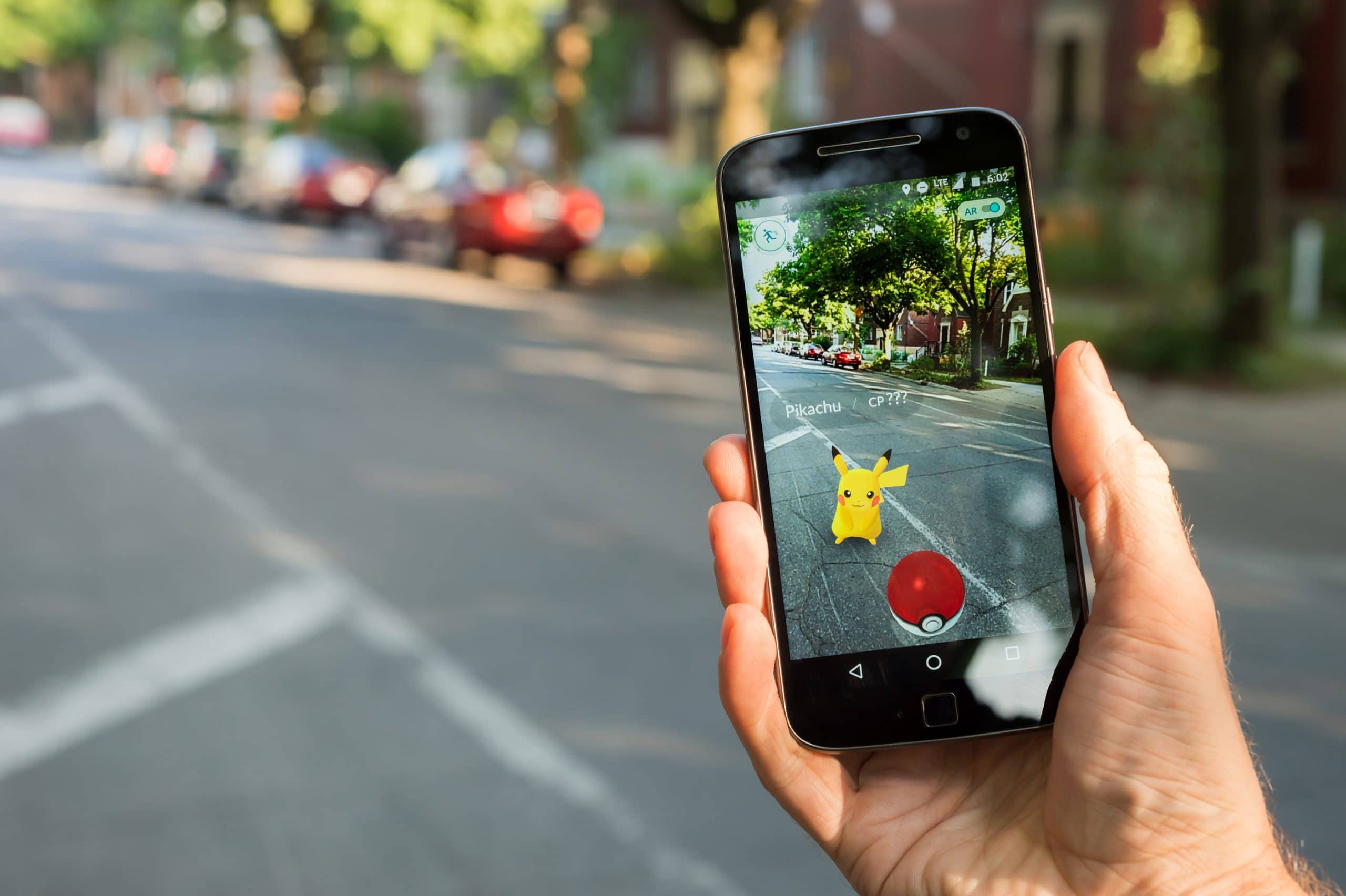
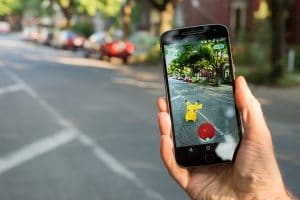 With the Pokemon Go app, even just taking a simple walk in the park feels like a fun scavenger hunt. Well, that’s how the best shopping apps work, too. You go out to the store, and you find yourself hunting for points, points you can later trade in to make sure that you get the absolute best deals on electronics.
With the Pokemon Go app, even just taking a simple walk in the park feels like a fun scavenger hunt. Well, that’s how the best shopping apps work, too. You go out to the store, and you find yourself hunting for points, points you can later trade in to make sure that you get the absolute best deals on electronics.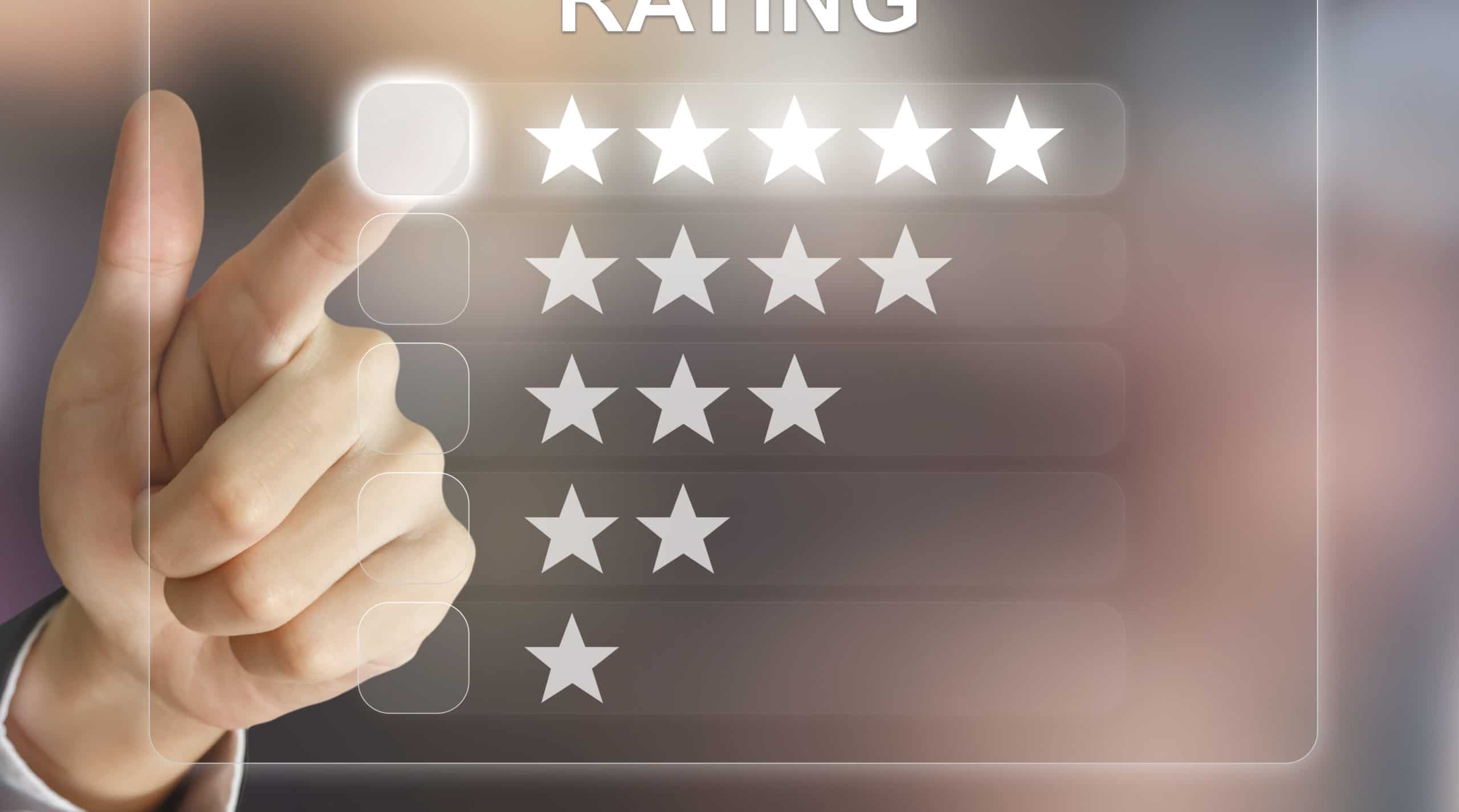

 In all of these scenarios, brands recognized emerging trends by looking at both their existing data, as well as industry data. These strategies help brands reach new demographics as they’re taking shape, allowing them to cement themselves in before these trends go mainstream. A significant part of capitalizing on emerging trends is partnering with the right companies in order to gain access to third-party data.
In all of these scenarios, brands recognized emerging trends by looking at both their existing data, as well as industry data. These strategies help brands reach new demographics as they’re taking shape, allowing them to cement themselves in before these trends go mainstream. A significant part of capitalizing on emerging trends is partnering with the right companies in order to gain access to third-party data. 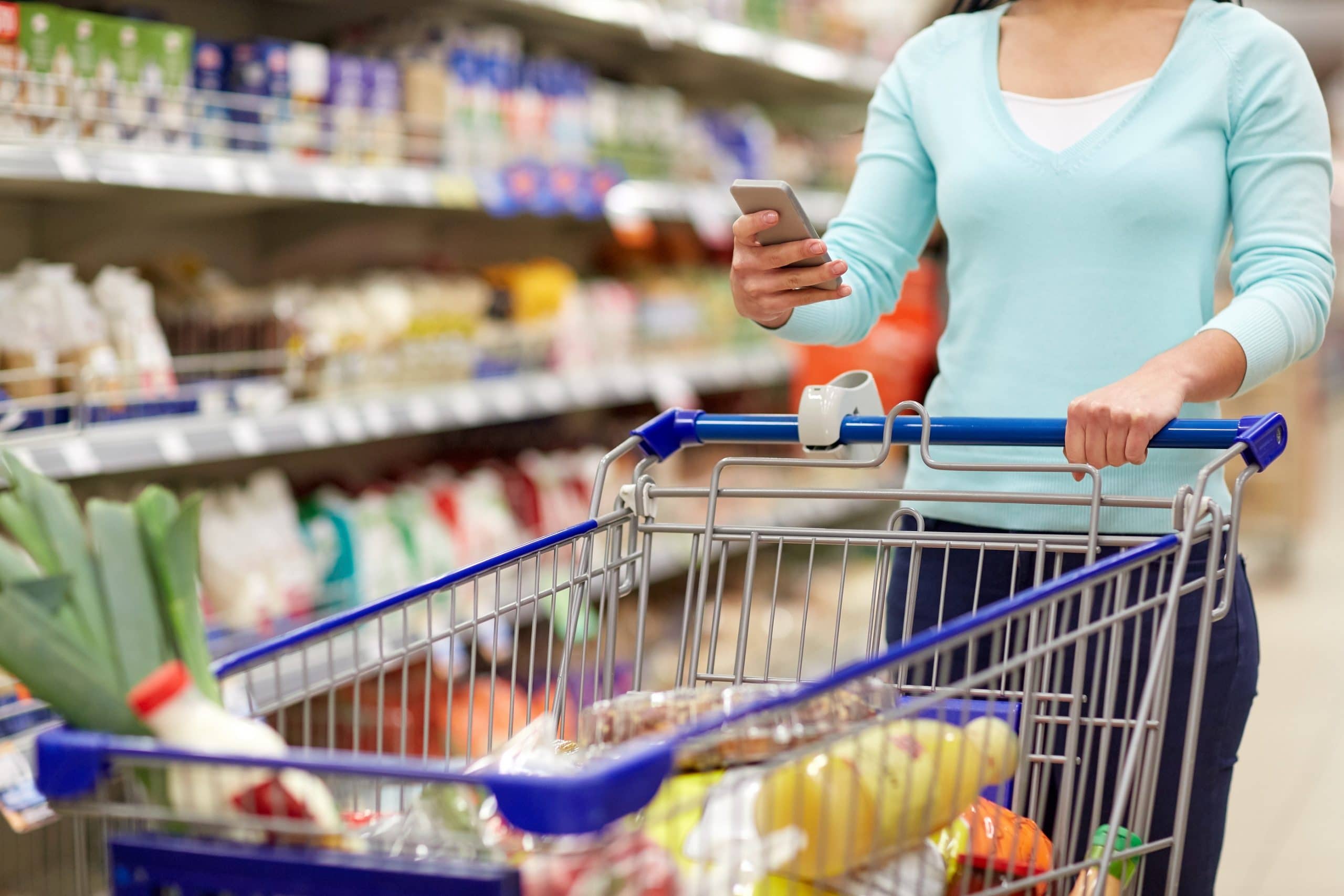

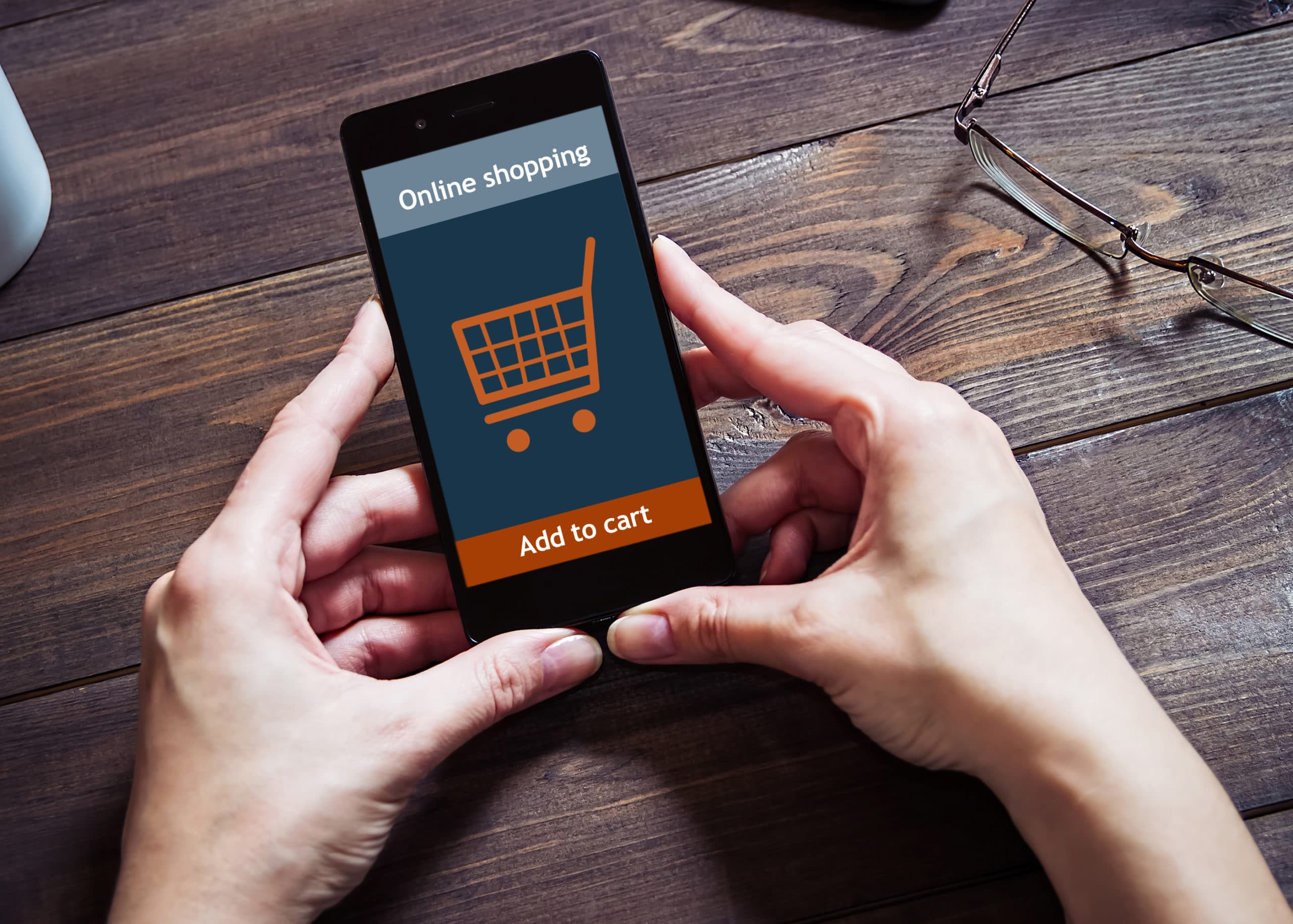

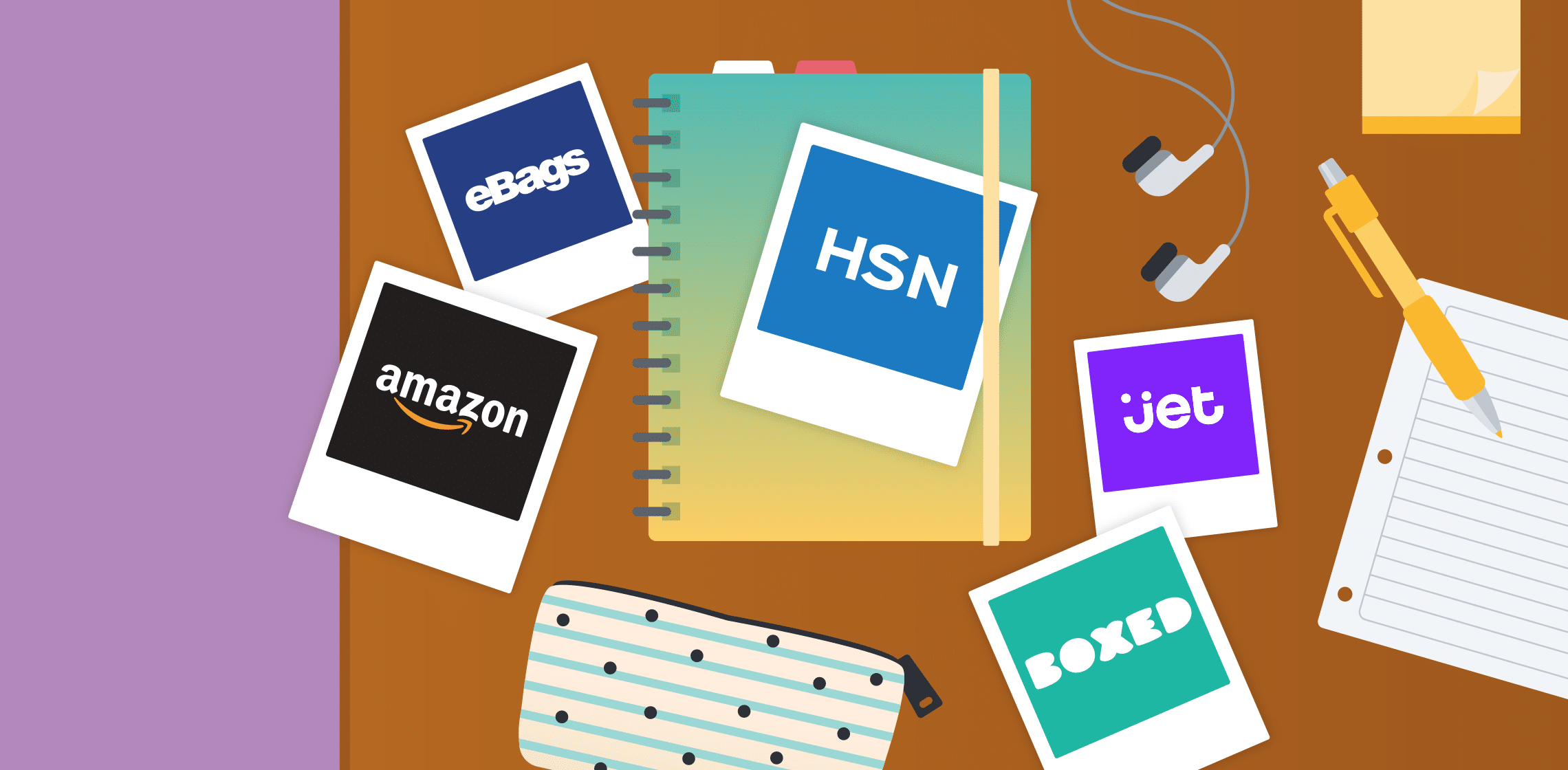

 Another key part of being an adult is eating as healthy as you can. For me, that means taking the time to read the labels on certain products when I’m out grocery shopping. The more time I spend carefully going over the ingredients, the better I’m able to determine which foods I should eat. The problem is that all that time adds up!
Another key part of being an adult is eating as healthy as you can. For me, that means taking the time to read the labels on certain products when I’m out grocery shopping. The more time I spend carefully going over the ingredients, the better I’m able to determine which foods I should eat. The problem is that all that time adds up!